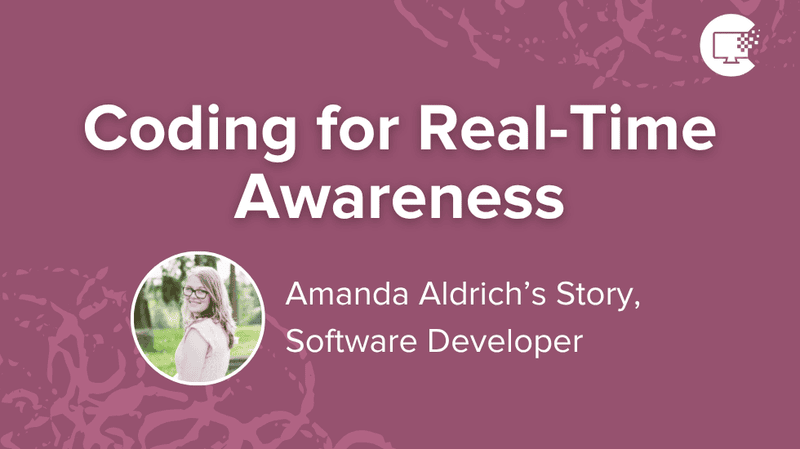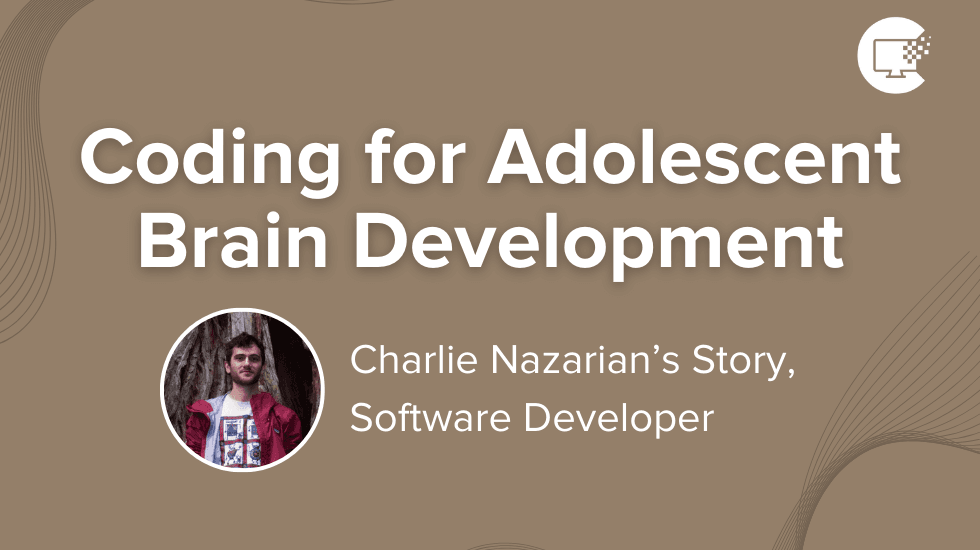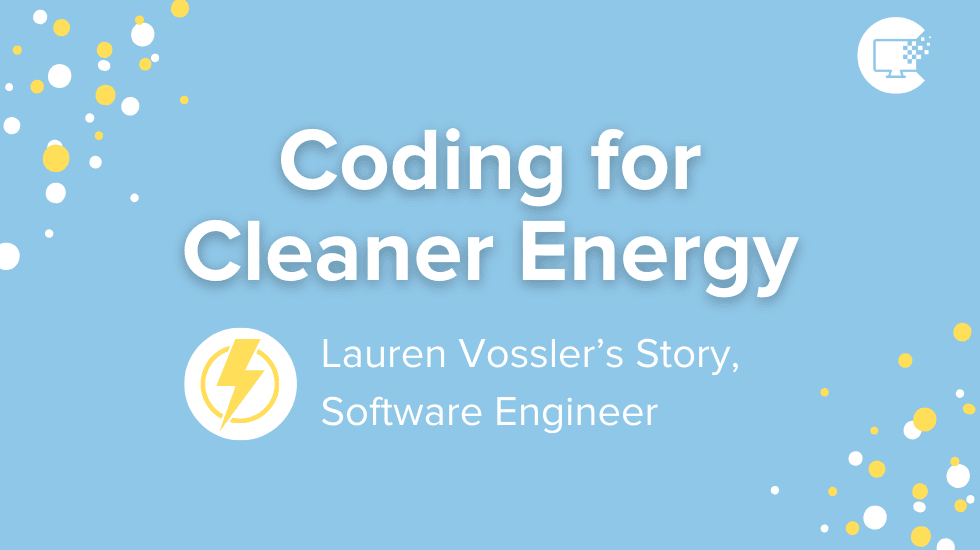Coding for Litter-Free Streets
By Elena Guberman
I’m Elena, jane of many trades.
My background is in supply chain operations, helping food and beverage startups grow. Recently, my life took an unexpected turn when my childhood friend Emin Israfil and I were inspired to team up and create Rubbish, a solution to tackle litter and build stronger, healthier communities.
We decided to unite our skill sets — mine in supply chain operations and Emin’s as an iOS developer — to use technology to address litter and create cleaner, healthier neighborhoods.
The idea for Rubbish began after Emin and I experienced a scary moment when my dog Larsen choked on a chicken bone he found on the ground during our walk. We were furious! Who left that there? How many other people saw the bone and didn’t pick it up? Why is litter still such a constant problem? We are both naturally curious, so we started researching city guidelines and litter policies. We learned that litter has been a topic of conversation since the 1960’s when the first anti-litter laws were passed. However, little has changed in the last 50 years. We decided to unite our skill sets — mine in supply chain operations and Emin’s as an iOS developer — to use technology to address litter and create cleaner, healthier neighborhoods.
Our industry is, well, trash. More specifically, it’s identifying, cataloguing, and cleaning what’s on the street. We’re developing a way to keep communities clean, healthy and litter-free.
We use this data to analyze litter trends and identify better solutions for cleaning up.
Our Rubbish app engages users to pick up litter while the technology tracks and maps where the trash is located. We use this data to analyze litter trends and identify better solutions for cleaning up. We’ve also connected the app to a hardware component, a “picker-upper” called the rubbish beam, that automatically logs litter as it’s picked up!
We’re currently cleaning up Polk Street in San Francisco, California. In the first 30 days, we logged and cleaned over 15,000 pieces of litter. Since we started, we’ve picked up almost 100,000 pieces of litter and seen a 7% reduction in litter each week. Not too shabby!
This tells us that our tracking works. And now that we have the data from Polk Street, we’re figuring out how to optimize the locations of garbage cans and cigarette dispensers. We’re also talking to local business owners about the litter problem and ways they’re inadvertently contributing to it — for example, how many napkins from their restaurant end up on the ground? — and ways they can help.
We use coding everywhere! Our iOS app is built in Swift, our backend is Firebase and AWS, as well as a combination of Javascript and Python.
We actually just published a blog with Google explaining how we use Firebase as our backend.
Litter patterns can be as dynamic as traffic patterns. However, we’ve come to learn that people tend to do the same things, in the same places. Identifying the root cause or location of litter can lead to an analysis that is capable of curbing and stopping the issue. When we track the patterns, we can help break them. Cool, right?
We also enjoy creating maps that help people visualize the extent of the litter problem in their neighborhoods. Knowing where litter is located is the first step in addressing it.
Why It’s Important for Students to Learn Computer Science
Analyzing complex information is key to the future of many industries. This skill set allows you to take large pools of data, separate the important parts, and find hidden trends we didn’t even know were there. These insights are extremely valuable and can help find important solutions to some of the biggest problems.
Even if you don’t want to be a programmer, studying computer science will empower you to break down problems and connect the dots in ANY field.
Tools and Programming languages we use:
- Swift
- Firebase
- Javascript
- Python
- Github
- AWS

Emin is a Brooklyn native and self-taught programmer who likes to solve problems and create awareness about litter.
Born in Russia and raised in Brooklyn, Elena is an organized optimizer who believes in efficiency, ethical sustainability and litter-free streets.
Interested in utilizing this resource in your elementary classroom? Check out our elementary version of this blog here. Comprehension is designed for younger students and can easily be incorporated into your curriculum.



